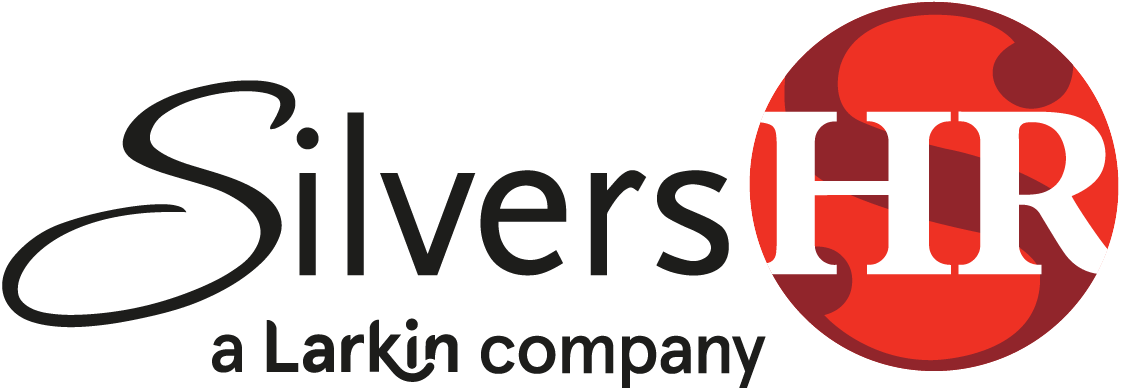By Kim Silvers, SPHR, PHRca
Employers are struggling to find the right mix of base compensation and incentives to attract and retain talent. We all know of the “Great Resignation”, the dearth of candidates (no longer referred to as “viable candidates”) and the arrival of an inflation rate outpacing annual base pay increases. It’s tougher than ever to find and keep talented people in the short run without leveraging the organization’s long-term sustainability. Employers can adjust prices and fees to customers based on supply and demand; however, once a salary is granted, it’s darn near impossible to rescind it and have employees feeling good about the take away. Can’t say I blame them.
We’ve been tracking salary budgets for a long while and see a few trends from national surveys that employers may want to consider this year….
There are several organizations surveying employers across the land about their salary budgets for each new year. These are often done in the summer for the upcoming year. Although these are not sliced to a specific industry (or at least the ones we watch) salary budgets have been reported to average about 3.0% for several years. This average usually entails top performers receiving more and subpar performers receiving less or none.
Last summer the salary survey from WorldatWork (a compensation professionals association) projected 2022 budgets at 3.3%. (There are over 4000 participants in this survey. Data varies slightly based on nonunion, exempt, non-exempt staff.) Mercer conducted a similar survey and reported an average of 3.0% merit budget for the upcoming year. The Conference Board conducted a survey in April 2021 projecting a 2022 salary budget of 3.0%. (That was a very early projection, but read below to see how much it changed as the year ended.)
By the fall of 2021, the market was getting tougher and several of the surveyors went back to their participants to find out if they were changing their 2022 merit budgets – sure enough they were.
In December 2021, WorldatWork conducted a follow-up pulse survey with 200 participants. The poll reported an average salary budget increase of 4% average and 5% median. According to WorldatWork, respondents reported “that’s about 1 percentage point shy of increases (5% average and 6% median) they say is necessary to maintain/attract needed talent.”
Mercer reported a revised merit budget of 3.2% in the companies it surveyed. Mercer’s research found that the percentage of employers providing increases of 3.5% or more doubled between its August and November pulse surveys from 13% to 27%.
The November Conference Board Salary Increase Budget Survey projected a 3.9% jump in wage costs for firms in 2022, compared to 3% reported in April.
Pearl Meyer’s “2022 Projected Base Salary Increase Quick Poll” of 339 companies found that 2022 increases to base salaries will surpass 4% for all employee groups combined. Their key findings note:
“After more than two decades of very flat total base salary increases hovering in the low 3% range, we are expecting 2022 increases to surpass 4% for all employee groups combined. Moreover, nearly all survey respondents will be providing employees with base salary increases in the coming year.”
Annual merit budgets usually do not consider minimum wage increase costs. In California, the minimum wage rise to $15/hour has created wage compression issues. Data from the national Bureau of Labor Statistics shows year-over-year average hourly earnings have increased by 4.9% on a national scale, although it’s over 7% from the $14 to $15 per hour our great state has legislated.
Notwithstanding the breadth of salary budget data collected here, it’s noteworthy to consider:
- If you haven’t given thought to updating starting wages, and compensation for hourly employees in the vicinity of newcomers’ wages, it’s time.
- Some employers are considering quarterly or semiannual pay reviews to give employees timely and real-time pay increases, particularly for “A” players.
- Adding at-risk or incentive pay is another consideration. Perhaps base pay stays in the manageable range, and employers consider a frequently paid incentive that is adjustable and shares in the productivity/profitability gains. [1]
- Hiring bonuses and ”stay” bonuses are being considered more often.
- Setting and sharing grade and pay ranges is becoming more popular.
- Outlining career paths gives ambitious employees a sense of expectation.
- Highlighting the total compensation package for each employee can aid in slowing down turnover. It takes a village to create and carry the “total comp” message.
- And of course, creating a welcoming and engaging work environment makes a big difference in how long people stick around. Consider additional training and coaching for your first line managers. (You’ll recall: “People leave their managers, not the company.”)
Sticking with what’s worked in the past is unlikely to serve employers well in 2022. The costs of vacant positions, employee turnover, and lost customers will soon surpass the perceived savings of standing in place.
We offer salary survey data for many positions through an independent survey source. Please contact us at info@silvershr.com if you’re in need of specific salary data.
[1] A word of caution about incentive pay for non-exempt or hourly employees. Non-discretionary bonuses and incentives must be calculated in the regular rate of pay if the employee works overtime, receives a meal or rest break premium, reporting time pay, CA Paid Sick Leave, or COVID-19 Supplemental Paid Sick Leave. It’s another kettle of fish and a tedious and costly one if not calculated correctly.
